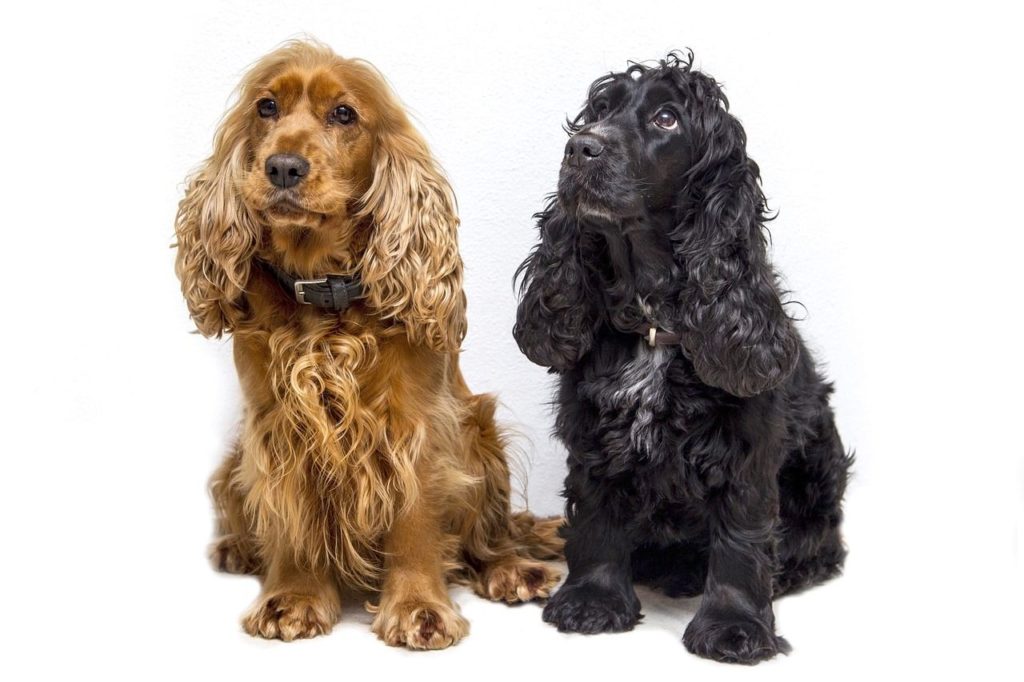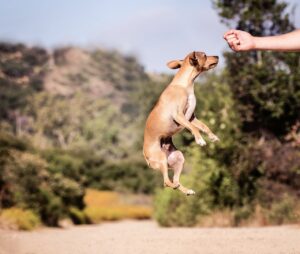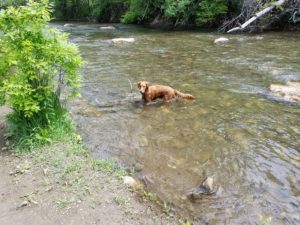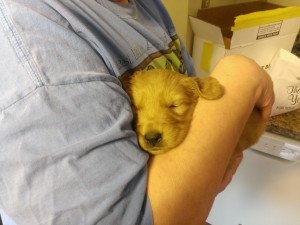
Dogs are wonderful companions, but they also need proper training to behave well and follow your commands. However, these 5 common dog training mistakes that can hinder their dog’s learning and cause frustration. Here are five of them and how to avoid them.
Not Being Consistent is Definitely One of 5 Common Dog Training Mistakes
Consistency is key when it comes to dog training. You need to use the same words, tone, gestures and rewards for the same behaviors every time. Otherwise, you will confuse your dog and make it harder for him to understand what you want. For example, if you sometimes say “sit” and sometimes say “down” for the same command, your dog will not know which one to follow. Similarly, if you sometimes praise your dog for coming when called and sometimes ignore him, he will not know if it’s worth obeying you. To avoid this mistake, decide on a clear set of rules and cues for your dog and stick to them. Also, make sure everyone in your household follows the same rules and cues to avoid mixed signals.
Not using positive reinforcement
Positive reinforcement is the most effective and humane way to train your dog. It means rewarding your dog for doing something right, rather than punishing him for doing something wrong. Rewards can be anything your dog likes, such as treats, toys, praise or play. Positive reinforcement makes your dog more eager to learn and strengthens your bond with him. On the other hand, punishment can cause fear, anxiety, aggression and resentment in your dog and damage your relationship with him. To avoid this mistake, focus on rewarding your dog for the behaviors you want and ignoring or redirecting the behaviors you don’t want. For example, if your dog jumps on you when you come home, instead of yelling at him or pushing him away, turn your back on him and wait until he calms down. Then reward him with attention and affection. Treats are received with much joy and excitement.
Not timing the rewards correctly.
Timing is crucial when it comes to positive reinforcement. You need to reward your dog within seconds of him performing the desired behavior, otherwise he will not associate the reward with the behavior. For example, if you ask your dog to sit and he does, but you wait too long to give him a treat, he may think he is being rewarded for standing up or looking at you. To avoid this mistake, use a marker word or a clicker to mark the exact moment your dog does what you want. A marker word is a short word like “yes” or “good” that you say in a happy tone. A clicker is a small device that makes a clicking sound when you press it. Both work as signals that tell your dog he did something right and a reward is coming. Use the marker word or the clicker as soon as your dog performs the behavior and then follow it with a reward. Clickers are cheap and easily available.
Not training in different environments
Dogs are not very good at generalizing, which means applying what they learned in one situation to another situation. For example, your dog may sit perfectly in your living room, but not in the park or in the car. This is because he may not realize that the same command applies in different environments or he may be distracted by other stimuli. To avoid this mistake, you need to train your dog in different places and under different conditions. Start with a quiet and familiar place where your dog can focus easily and gradually move on to more challenging places where there are more distractions. Also, vary the rewards you use and the way you deliver them to keep your dog interested and motivated.
Not being patient and realistic.
Dog training takes time and effort, and it’s not always easy or fun. You may encounter setbacks, challenges and frustrations along the way. However, you should not give up or lose your temper with your dog. Remember that your dog is not trying to annoy you or disobey you on purpose. He is just learning at his own pace and needs your guidance and support. To avoid this mistake, be patient and realistic with your dog and yourself. Set small and achievable goals for each training session and celebrate every success. Don’t expect too much too soon from your dog and don’t compare him to other dogs. Every dog is different and learns differently. Also, don’t forget to enjoy the process and have fun with your dog.
I hope this post helps you train your dog better and avoid some common pitfalls.





